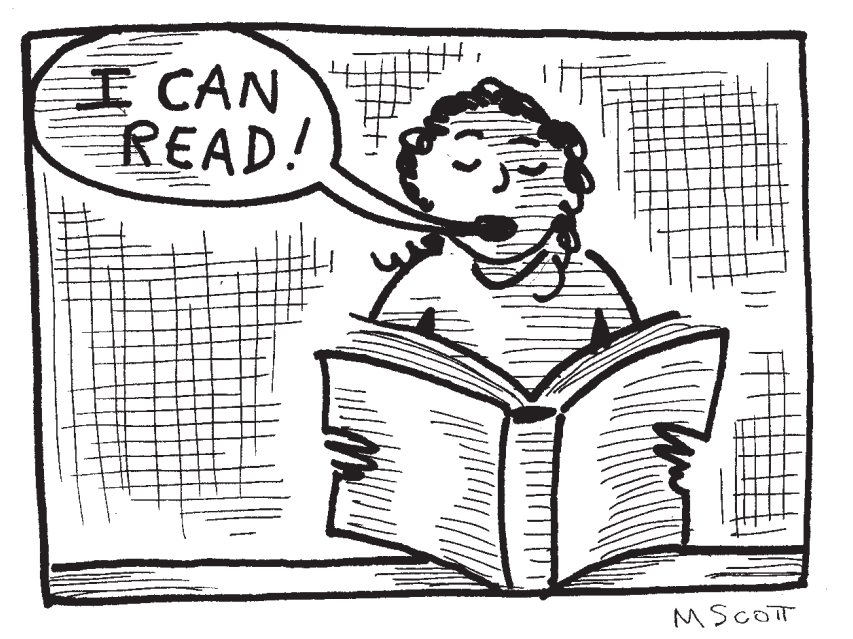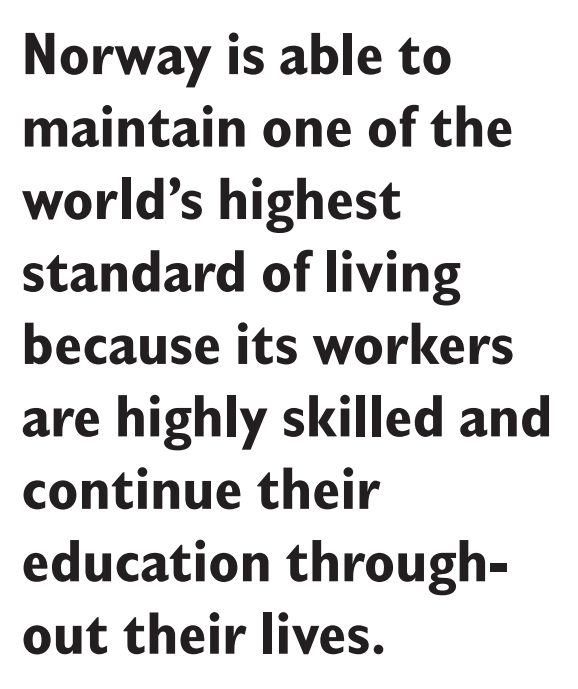Hawaii has many programs that can help adults at all literacy levels improve their skills. Hawaii has 11 community schools for adults which are part of the public education system. There is no cost for the basic education classes. Some classes may charge a small fee for books. A reasonable fee is charged for general interest classes. The program is open to all adults.
Classes are held in the Spring, Summer, and Fall. You will need to sign up for these classes in advance. Many of the classes are held in the evenings for people who work during the day. You should call the community school in your area and ask them to put you on their mailing list for class schedules. Residents of Molokai and Lana’i should check with the Maui Community School for Adults for classes on their islands.
These schools for adults have many classes to help Non-English speakers improve their English. These classes are free with a small charge for books.
Adults who need to improve their basic reading, writing, and math skills may qualify for individual tutoring. This program is free of charge. You should call the schools to get more information about this service.
There are two ways adults can earn a high school diploma. This can be done by taking a test called the General Educational Development test. The school will help you study and prepare for the test.
You can also earn a high school diploma by taking classes that give you the practical skills and knowledge you need as an adult in our society. These classes cover five areas: Community Resources, Government and Law, Health, Occupational Knowledge, and Consumer Economics.
The Community schools also offer general interest classes on many different subjects. These subjects do change a lot, so you need to look at the class schedules. Examples of general interest classes are Hawaiian language and culture, Accounting, Computers, Drawing, Golf, and Financial Planning. Many of the schools are open to suggestions for subjects and may offer the class if there is an enrollment of at least 15 people. ◆


Adult Education = Skilled Workers = High Living
Standards
In the last five years, Norway has consistently led the world with the highest human development index which measures life expectancy, literacy, education, child welfare, and standard of living. Norwegian workers have rights and benefits on the job that US workers can only dream about. Yet the average wage and benefit package in Norway of $39.93 an hour (2005 data) is the highest in the world. In the US it was $23.65 an hour.
Norway is able to maintain one of the world’s highest standard of living because its workers are highly skilled and continue their education throughout their lives. The country has a long tradition and strong support for life-long adult education. Education doesn’t stop after graduating from high school or college. Education continues on the job and in the community. Adult education and training are free or subsidized by the government to keep fees low.
Adult education has been part of the culture of lifelong education in Nordic countries such as Norway, Sweden, and Finland for over 50 years. These countries have some of the highest adult literacy in the world. More than half of Finnish adults participate in some kind of education program each year. They attend classes at an adult education center, join a study circle, or attend a regular university. Public funds support the education centers, public libraries, study circle centers, and subsidize tuition for adults. The government wants to increase this participation to 60% of all adults by 2008.

From the very beginning, the labor movement in these countries supported adult education as a way to improve the conditions of workers. This helps to explain why 69-91% of the workers in these countries are unionized. In the United States, less than 15 percent of the workforce are unionized.
Their wages and living standards are much higher than the United States. In 2005, the average combined wage and benefit package in Norway was $39.15 an hour, in Finland it was $31.93 an hour, and in the US it was $23.65 an hour.
This culture of adult education combined with a strong labor movement have enabled these countries to maintain a highly skilled, adaptable, and competitive workforce. Workers laid off in dying industries receive complete financial support as they train for jobs in growing industries. This has enabled the workforce to quickly acquire new skills and use new technology as the global economy changed. ◆
